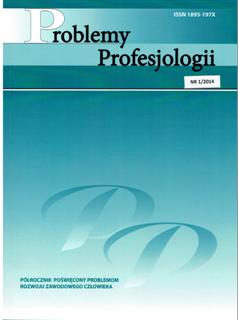SEMANTIC ONTOLOGY MODEL OF THE CONTENT MODULE OF THE COURSE "INTELLIGENT TECHNOLOGIES OF DECISION-MAKING MANAGEMENT"
Semantyczna ontologia modelu zawartości modułu kursu "Inteligentne technologie zarządzania podejmowaniem decyzji"
Author(s): Ivan TsidyloSubject(s): Applied Linguistics
Published by: Polskie Towarzystwo Profesjologiczne
Keywords: ontology;knowledge;model of knowledge representation;creating semantic networks;
Summary/Abstract: This article analyzes the model of representation of knowledge in the form of ontology to describe a subject. Three types of the objects have been considered – domain-oriented, task-oriented and top-level. The necessity of building a common ontology which contains just the following three types of ontologies has been substantiated. A model of knowledge representation is defined as the set of syntactic and semantic consistency, which makes it possible to describe the object. For modeling a semantic model of ontology we turned to simulation. In the process of creating semantic networks in the package MATLAB we used the library SNToolbox with consistent implementation of the following steps: construction of a semantic network, visualization, and search the semantic network. In solving the problems of forecasting the curriculum, the following knowledge is highlighted – the terms of the subject domain, the relationships between the terms, property of the terms, synonyms, ways of representing and ways of expressing terms. Using the three-component model "Concept", "Action", "Property", we have constructed a semantic network of the semantic ontology of the module course “Fuzzy sets” of the subject "Intelligent Technologies of Decision-Making Management". The formal approach to the model of the ontology of the content module described above allows structuring and generalizing the knowledge of the branch of artificial intelligence technologies which is represented by the fuzzy sets theory.
Journal: Problemy Profesjologii
- Issue Year: 2014
- Issue No: 1
- Page Range: 131-139
- Page Count: 9
- Language: English

